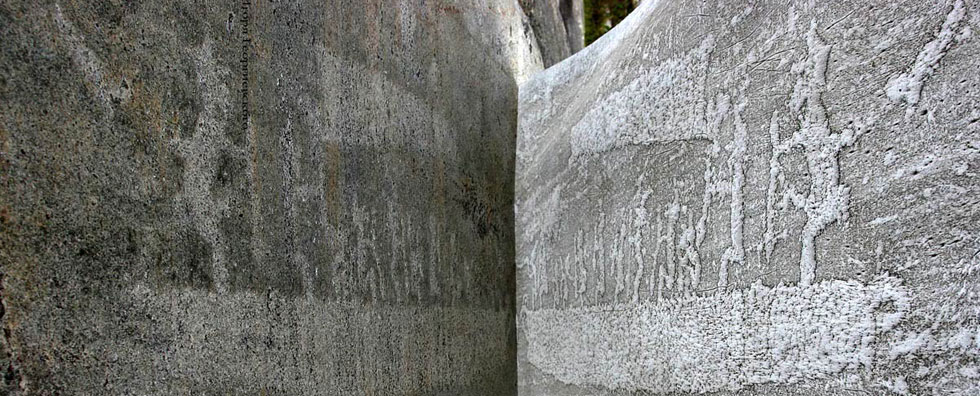
Issue №1, Vol. 17
Vlasov Y., Grigorev I., Kunitskaya O., Khitrov E. Analysis of research results on wood waste shredding // Resources and Technology. 2020. №1, Vol. 17. P. 63‒88.
DOI: 10.15393/j2.art.2020.5182
Analysis of research results on wood waste shredding
| Vlasov Yuri | Voronezh state forest engineering University named after G. F. Morozov, pobeda-872@yandex.ru |
| Grigorev Igor | Yakut state agricultural Academy, silver73@inbox.ru |
| Kunitskaya Olga | Yakut state agricultural Academy, ola.ola07@mail.ru |
| Khitrov Egor | Voronezh state forest engineering University named after G. F. Morozov, yegorkhitrov@gmail.com |
|
Key words: mathematical modeling wood waste shredding energy efficiency |
Summary: According to the Federal forestry Agency, the volume of wood export in Russia amounted to 238.58 million storage cubic meters of wood in 2018, which is more than 167 million dense cubic meters, so the volume of cutting waste was approximately 62.6 million dense cubic meters. The volume of wood processing waste is additionally more than 47.1 million dense cubic meters. The total volume of cutting and processing waste is more than 110 million dense cubic meters. The organization of efficient utilization and recycling of logging waste is a complex scientific problem. One of the main directions of its solution is the development of production of environmentally friendly biofuels from wood waste. The transition to environmentally friendly and resource-saving energy is one of the priority areas of the strategy for scientific and technological development of the Russian Federation. In common mathematical models of wood waste grinding based on the Hertz contact interaction theory, the most important parameter of the working body of the shredder machine - the sharpening angle – is taken into account indirectly. In addition, common mathematical models use a linearized relationship for the contact force. Mathematical models based on the energy laws of grinding allow calculating the energy consumption during the grinding process. For their further development, extensive laboratory and production tests are required to determine the coefficients of the grinding energy intensity functions, the values of which depend on both the properties of the raw material and the parameters of the working body of the shredder. Kinetic grinding models are used to control the grinding time, which affects both the productivity and energy consumption of raw material preparation at the grinding stage. In the science of logging, models of grinding kinetics were considered mainly as experimental dependencies. General models of grinding kinetics based on integro-differential equations of fraction balance are known. The complexity of their use lies in setting the probability of destruction and the parameters of the evolution of the distribution function over time. For a large number of narrow classes of material, the problem is divided into a series of subtasks, the parallel solution of which, in general, for arbitrary functions of the probability of failure and the waiting time, is a separate labor-intensive problem of computational mathematics. |
Displays: 1218; Downloads: 759;




